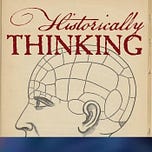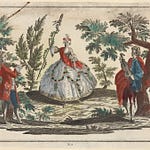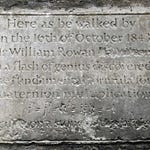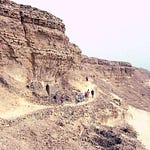Originally published on July 12, 2018 (Episode 75)
Introduction
Stretching across the north of England, from coast to coast, are the 73-mile remnants of a fortification built by the Roman Army during the reign of Emperor Hadrian. It is, as Adrian Goldsworthy has written, “the largest of the many monuments left by the Roman Empire and one of the most famous.”
For centuries, the purpose of Hadrian’s Wall—and the life of those who built it and lived near it—remained shrouded in archaeological mystery. In his new book, Goldsworthy synthesizes the latest research and brings his powerful historical imagination to the subject. Alongside this history, he has also published a historical novel set on the Roman frontier, giving readers two perspectives on Rome’s northern border.
For Further Investigation
Adrian Goldsworthy, Hadrian’s Wall (Basic Books, 2018)
Adrian Goldsworthy, Pax Romana: War, Peace and Conquest in the Roman World (Yale, 2016)
Adrian Goldsworthy’s novels of “Vindolanda” and of “The City of Victory”
Listen & Discuss
What did Hadrian’s Wall symbolize to Romans, and what does it symbolize to us? How do archaeology and imagination combine when we try to understand ancient frontiers? Share it with one of those people who think about the Roman Empire every day.











